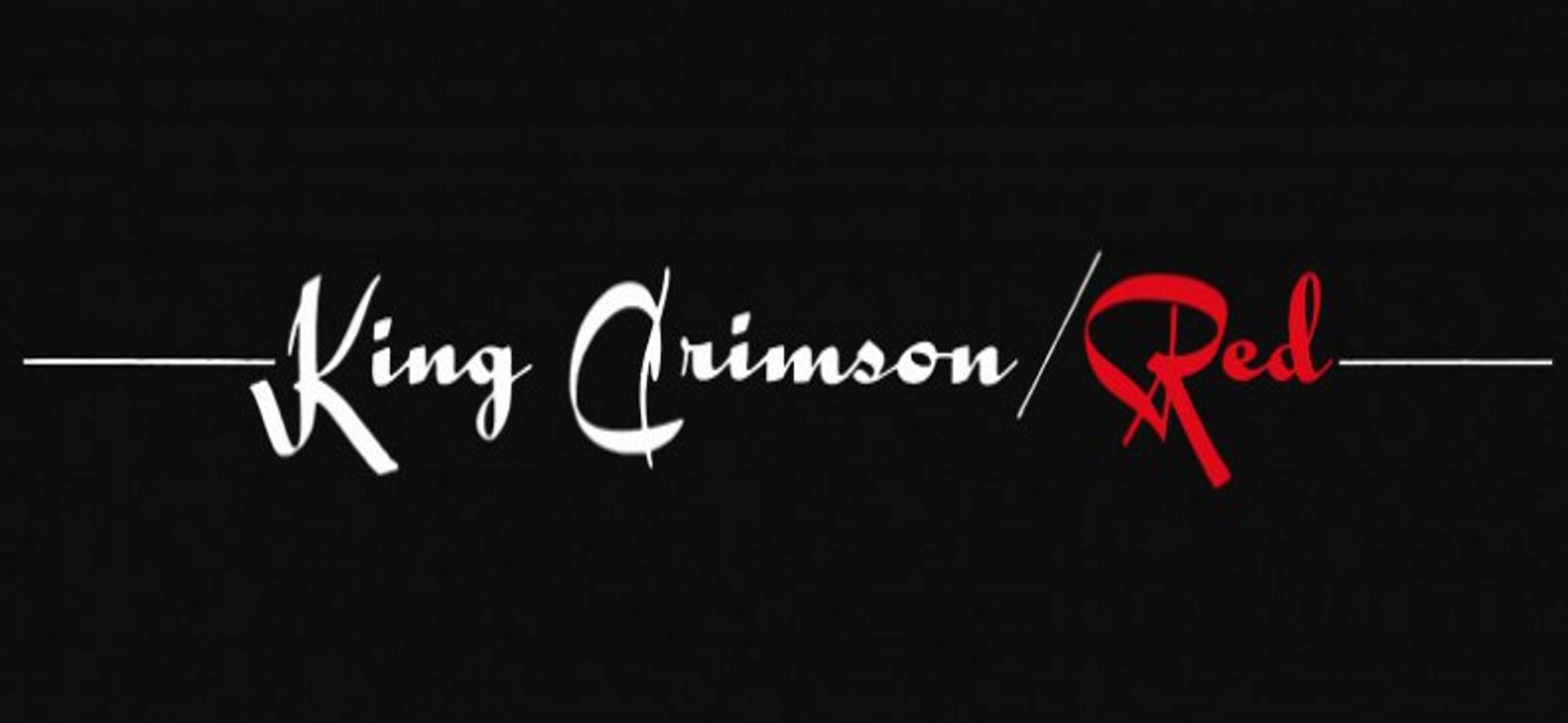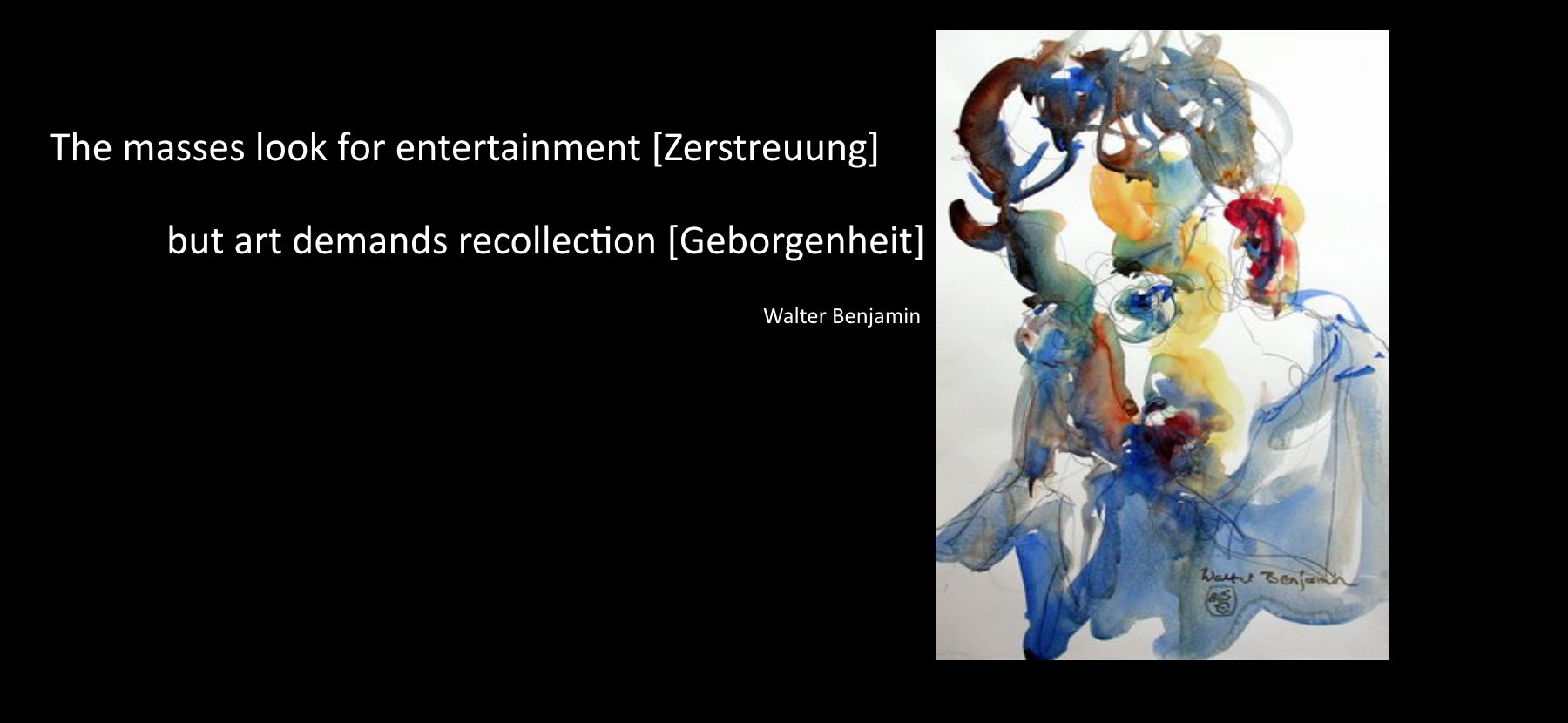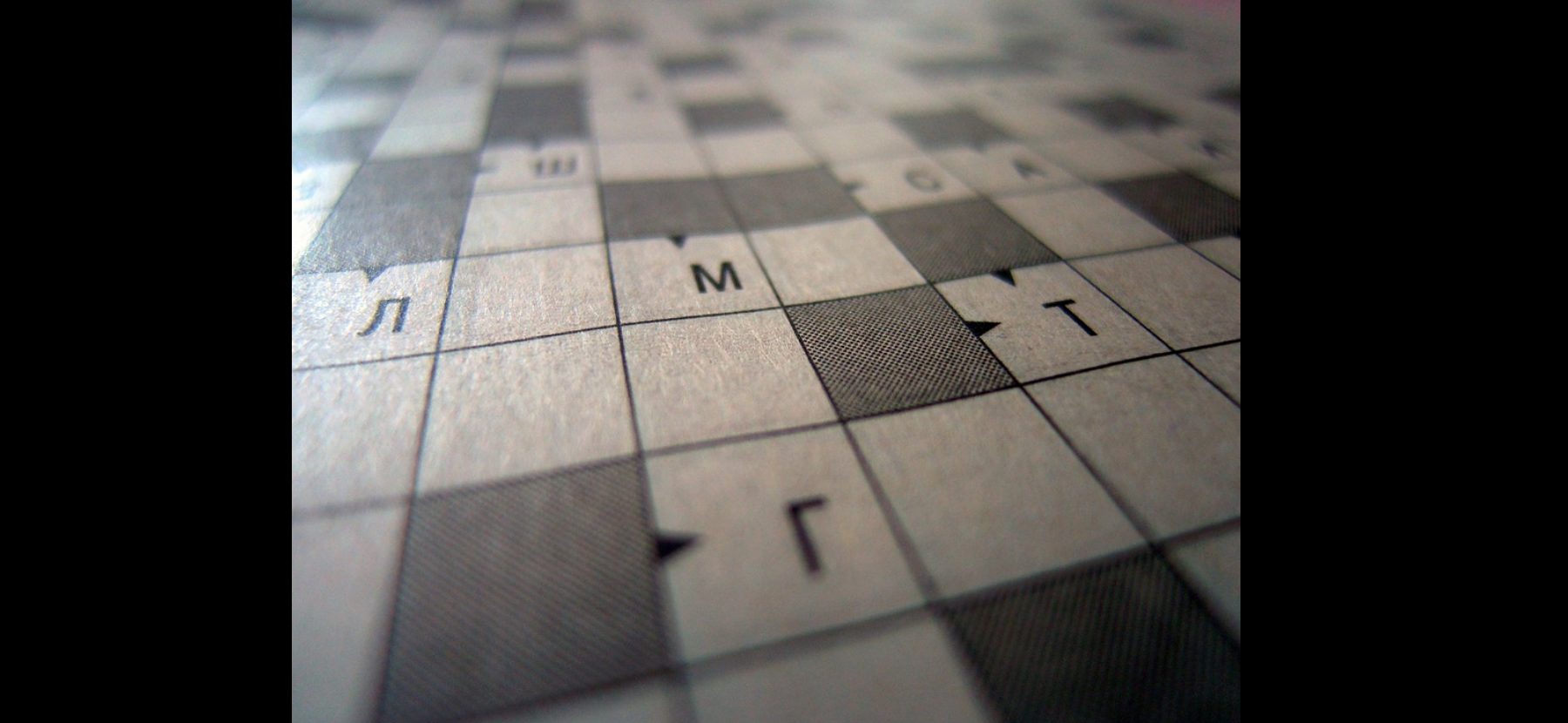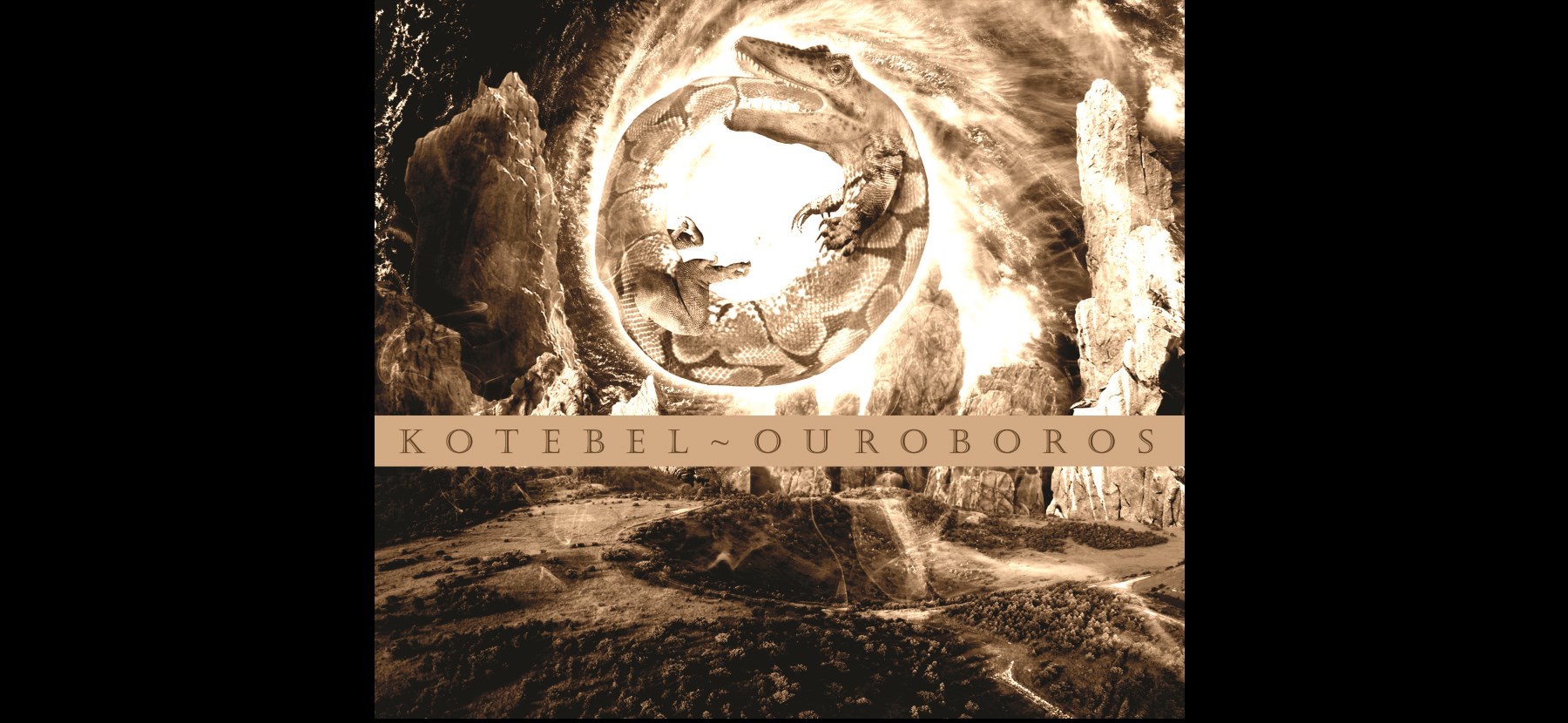With this publication, the Triptych is finally complete. It features the wide palette of sounds of guest musician José Luis Espejo at the clarinet. In futures publications I may include an analysis of the Triptych to show how the different themes and motifs have been used across the three pieces. There is a lot of that going on, so I invite you to listen and discover the numerous developments.
Here’s an excerpt:







